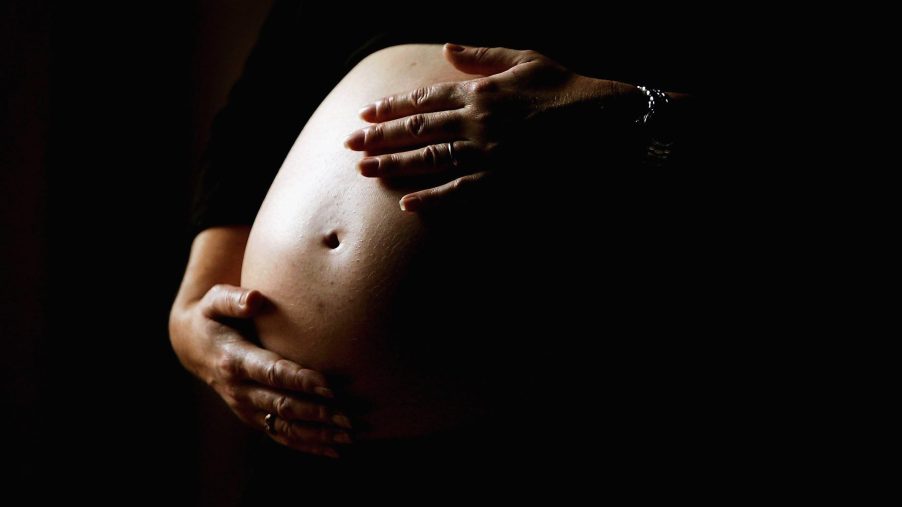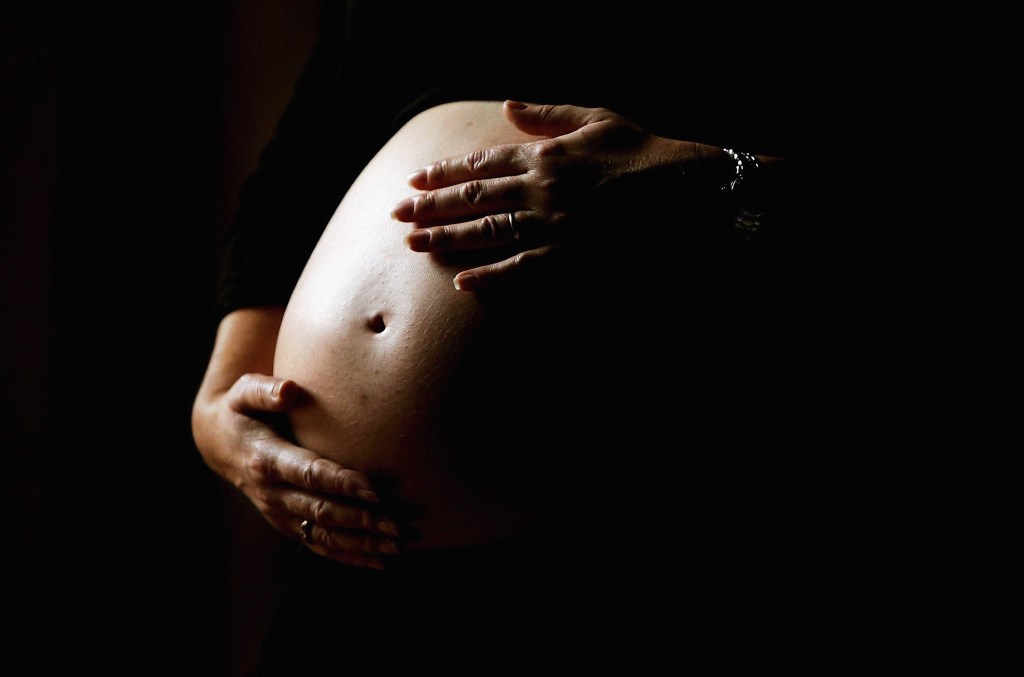
Is It Safe to Drive While Pregnant?
There are a lot of safety precautions and rules to carrying a child safely while pregnant, especially in a car. Many of these rules are known, like not eating certain foods, not drinking alcohol, not using tobacco, and so on. However, millions of pregnant women drive cars every day. Is driving while pregnant safe? Are seatbelts designed to work for pregnant women?

Should pregnant women drive or even ride in cars?
This feels like an absurd question to ask in 2021. But, as we have learned many times before, many products are designed without consideration for certain groups. It is beyond clear that wearing a three-point seatbelt has enormous potential to save lives and reduce bodily harm from car crashes. However, seatbelt efficacy has shown to be more complicated for pregnant people and fetuses.
According to Consumer Reports, “pregnant people and their fetuses have unique vulnerabilities in car crashes. And, for the most part, seat belts are not designed with those vulnerabilities in mind.” Simply put, seat belts were designed to protect “average-sized males,” according to Dr. Stefan Duma, a professor of engineering at Virginia Tech. Duma is one of the few researchers who have studied car crashes involving pregnant people. He goes on to say, “Everything is optimized for them [average-sized men]. That’s bad for small women, for the elderly, and for kids,” he says. And, he adds, it’s bad for pregnant people.
Some companies offer seat belt adjusters to help with this, but are these products working? Did they solve the problem?
Consumer Reports explores the hidden dangers of driving pregnant
The way hospitals track fetal death is a mess. Even the NHTSA is sloppy with these kinds of records. It’s hard to know just how bad the situation is because so many fetal deaths and pregnant crash statistics simply aren’t reported in a helpful way.
Fetal death certificates are stored separately from regular death certificates. The NHTSA and the Centers for Disease Control and Prevention only pull regular death certificates when reporting on transport-related incident data. So fetal deaths are not well documented in motor vehicle crash reports. Also, fetal death records are often not generated if the pregnancy is under 20 weeks. Basically, the problem is way bigger than records show.
In many cases, even when fetal death or injury is reported, it is often not classified in hospital or vital statistics data systems with a specific cause. Researcher Hank Weiss says, “It basically just says ‘death or injury to the fetus due to maternal injury.’ They fall through the cracks in numerous ways, and this leads to little ongoing reporting of the problem.”
With this lack of firm record keeping in mind, researchers can only really estimate fetal injury and death figures. That being said, the research suggests that car crashes in the U.S. are the leading cause of fetal injury and that each year some 160 pregnant women are killed in motor-vehicle crashes, and 800 to 3,200 fetuses die when the mother survives.
How about these pregnancy seatbelt adjusters? Do they work?
Since automakers seem to be ignoring the issue, other companies have stepped in to help with seatbelt adjusters. However, the government doesn’t regulate these pregnancy seat belt adjusters, meaning they haven’t been adequately crash tested.
The makers of one of these pregnancy seatbelt adjusters, MimiBelt, claim that it got an “NHTSA & ANCAP vehicle safety approval” This implies that both theU.S.’ NHTSA and the Australian New Car Assessment Program, which works in Australia and New Zealand, have endorsed the product.
According to Consumer reports, a spokesperson from the NHTSA said the group” “does not have a safety standard that directly applies to belt-positioning devices” and added that aftermarket seat belt adjusters” “do not fall under regulations, since they are neither installed as part of a completed vehicle nor as part of a seat belt assembly.”
There or more products like this, but until regulations and standards are in place, proceed with caution with any aftermarket safety devices.
How can pregnant people stay safe while driving or riding in a car?
Even though the seatbelts, as they are, aren’t perfect, all research points to them being more beneficial in the event of a car crash than not wearing one. The American College of Obstetricians and Gynecologists states that “you and your fetus are much more likely to survive a car crash if you are buckled in.”
Consumer Reports suggest these steps for pregnant people to be as safe as possible while driving or riding in a car:
- Adjust the steering wheel to be as far from the stomach as possible while still maintaining a comfortable and commanding driving position. The same goes for passengers. Maintain as much distance from the dash as possible
- It is important to wear your seatbelt properly. Pull the shoulder belt across your chest (between your breasts) and away from your neck, not off your shoulder or behind it. Then position the lap belt underneath your stomach.
- Make sure to adjust the height of your shoulder strap. Modern cars will allow you to adjust the height of the shoulder anchor. The goal is to make sure the belt has no slack and is lying flat against your chest.
- Never wear the belt across your stomach. Always place the belt firmly across the hips and pelvic bone underneath your stomach.
- Keep airbags enabled. These are specifically designed to work in concert with the seatbelt. Airbags can save lives.
- When possible, pregnant people should ride in the front passenger seat and not the back. Most back seats don’t have the same airbag protection. Just make sure the passenger seat is pulled back from the dash as far as possible.



